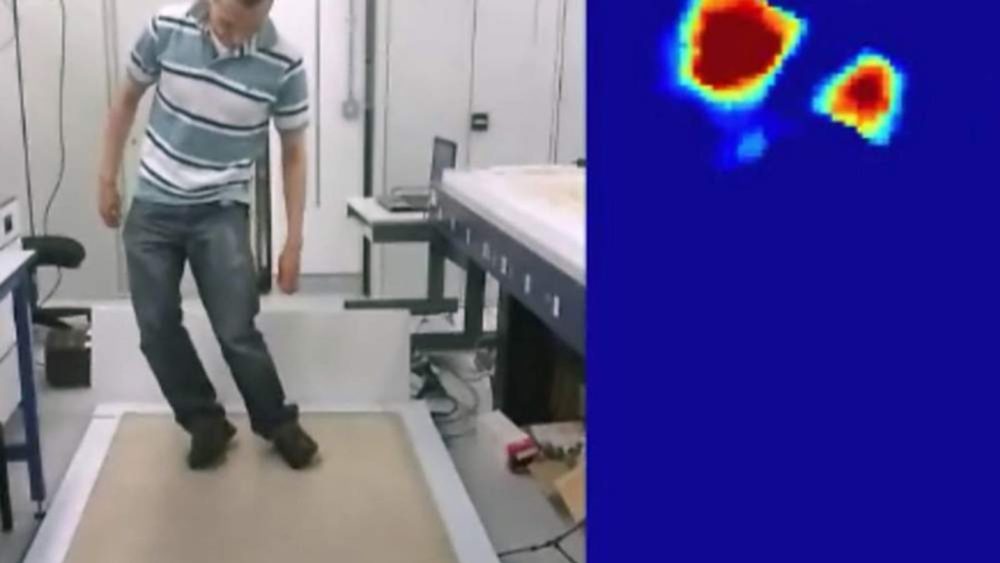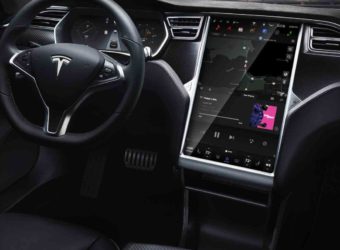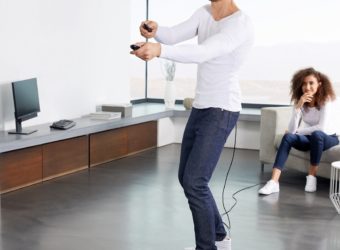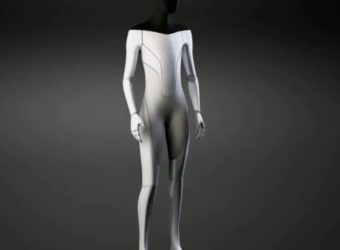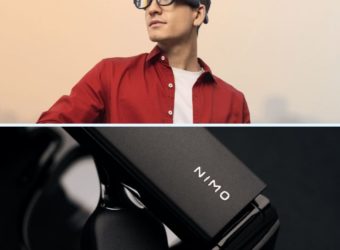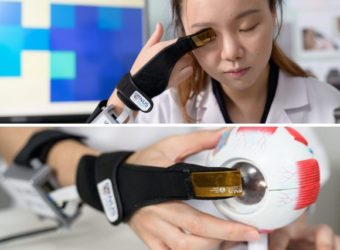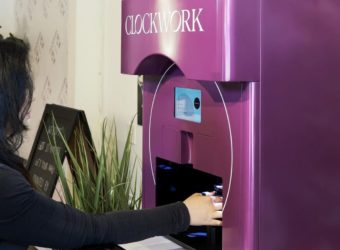Falling is a significant threat and most damaging event to the independence and health of adults 65 years of age and older. With the increasing aging population around the world, there is a major need for advanced fall detection technologies for the safety of older people.
All thanks to the faster development of the Internet of Things (IoT) and sensor networks, computer and human interaction using sensor-integrated devices have become an effective way to address the issue of fall detection. You can install these smart fall detection devices in different parts of your home or let a senior person use a wearable device for extra peace of mind — especially if an aged person lives alone.
These are 5 fall detection technologies for the additional safety of elderly people at home:
#1 FallCall Detect
FallCall Solutions recently announced the release of FallCall Detect at CES 2021 in the AARP Innovation Labs booth. Available as an Apple Watch app, FallCall Detect uses patented technology to blend the power of smart fall detection along with a comprehensive personal emergency response system (PERS).
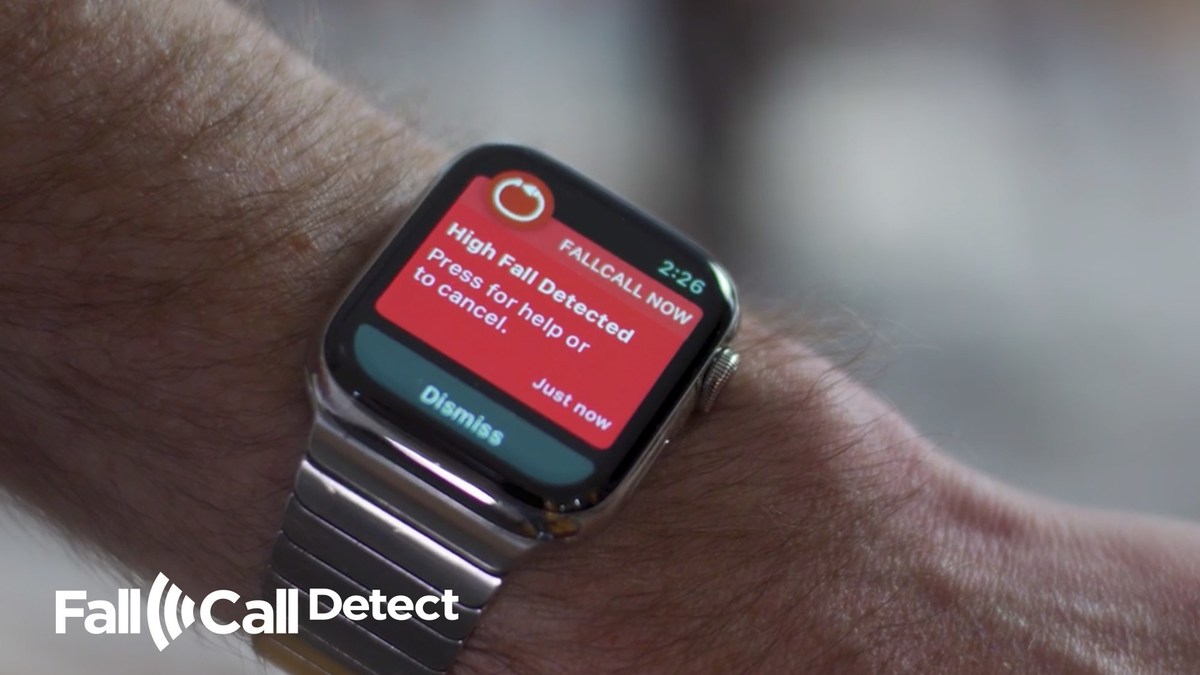
The best part about this wearable technology is that it knows the difference between slight falls and the ones with greater force that could lead to major injuries. Once a fall is noticed by the fall detection system, it further triggers an emergency alert. In case of high-impact fall detection, FallCall will connect to a US-based medical monitoring service to send emergency services if needed. For a low-impact fall detection, just a user’s pre-designated support community is contacted.
This is how FallCall Detect may offer more confidence and freedom to elders for living an active and independent life, knowing that they will get emergency services at any time if they experience a fall.
#2 Walabot Home
Walabot Home uses radar for monitoring the occupants and help them take quick action in case of a fall. This white square-shaped photo frame-like device is intended to be mounted on a wall. It forms 3D maps using the radar to know the difference between a person sitting, standing, lying down, and falling.
The main purpose of this device is to keep an eye on a fall. If a person falls, the device immediately sends an alert to an emergency contact. While anyone can use this device at their home, it’s a boon for people who are prone to falling.
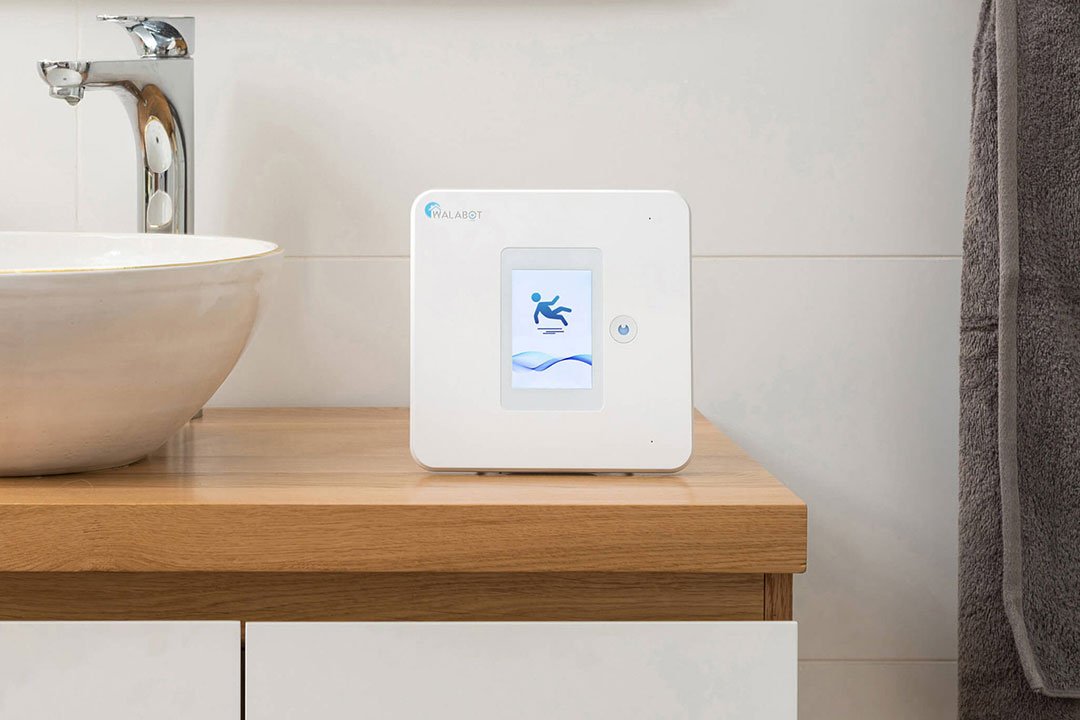
Since there is no camera within the device, it takes care of your privacy. You even don’t have to wear anything, like a watch, necklace, or belt, all the time for safety. Simply hang the device on a wall and let it do its job. It will easily take care of you with its automatic sensors.
Walabot Home can monitor bathroom spaces up to 10 X 10 feet and track a particular area that you decide. This means that it cannot follow the entire home or any other area outside the decided space. Furthermore, the device needs an electrical outlet and a Wi-Fi connection for working properly.
#3 Nobi Lamp
Nobi Lamp is another thoughtfully created device for protecting you while offering assistance and support around your home. This lamp can be installed in any desired area or room of your house. But, it’s beneficial to install it in every room.
The lamp uses sensors along with AI-based software to check the area beneath it. The main purpose of integrating the device with AI is that it doesn’t require the device to send data to the cloud, as it can store the data in its memory. This solves two purposes of protecting your privacy and making faster analysis. 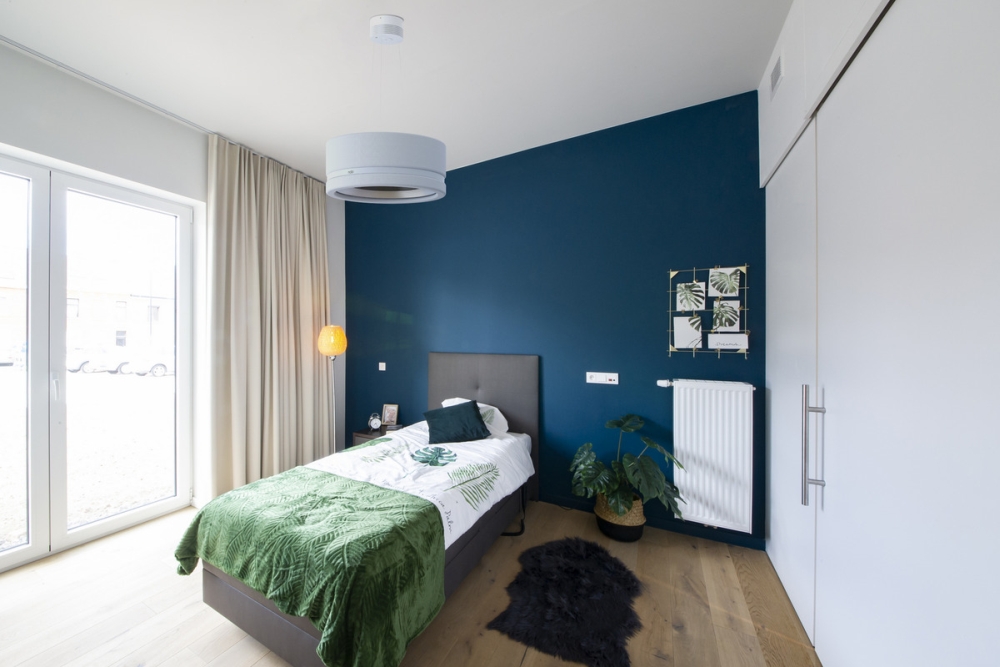
You can connect the lamp with the main power to forget worrying about battery replacement. The lamp also comes with a companion smartphone app that can set emergency contacts and adjust the various settings, as well as integrations provided by the lamp.
If you install the lamp in a bedroom, it can easily detect when anyone stirs and immediately turns on the upward-facing light. If a person proceeds to get out of bed, the smart lamp will fully light up the room. When you fall, Nobi uses the onboard processor for generating an outline of the area where you lay.
Further, Nobi will ask you if you’ve fallen. If your answer is yes, the software will get in touch with your emergency contact for help. If they also have the Nobi app installed on their smartphone, they can also see the privacy-focused outline formed by the lamp. Even if your emergency contact doesn’t have this app, they can still contact emergency services on your behalf.
#4 Lifefone Pendant
LifeFone’s two-way voice pendant comes integrated with GPS service to offer you 24/7 protection at home and outdoors in the US However, you need to have AT&T or Verizon cellular services in your area. With 30-day extended battery life, this wearable fall detection device offers you an all-in-one solution.
This gear is a great failsafe option for leveling up the protection of your Medical Alert Device. While the user can push a button on the pendant in case of an emergency, it automatically detects a fall and sends an alarm to the Emergency Response Center.

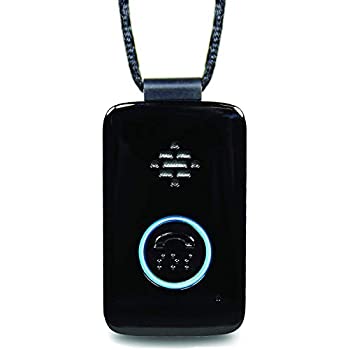
The white voice in the pendant includes vibration feedback for helping visually or hearing-impaired people. It has a 5-day battery life and you don’t need any other special equipment to carry it around. It is just a lightweight necklace to be worn around your neck. For just an extra $5 per month, you can add LifeFone’s Fall Detection to your Voice in Pendant.
#5 Magic Carpet
Unlike Aladdin’s magic carpet that takes him on adventurous rides, this high-tech Magic Carpet has been created at the University of Manchester for helping the elderly and other fall-prone patients. The smart carpet includes special sensors and plastic optical fibers that help in mapping 2D images of a patient’s footprints using light propagating under the surface. This is somewhat similar to the tomographic techniques that are often used by medical scanners.
The 2D images are further analyzed and used for detecting changes and patterns in a person’s walking habits. This way the carpet can predict whether a person is at higher risk of falling and detect if the person has fallen.
Apart from the fall-prone detection apps, the smart carpet comes integrated with other apps. Besides spotting a fall, physical therapists can use this carpet for mapping changes and notice improvements in patient’s health. The imaging technology can also be adjusted easily for the collection of other information about a patient’s content. The sensors integrated within the carpet make it a highly versatile device to monitor any patient without any hassle.
How do fall detection devices work?
Fall detection devices come integrated with sensors that work by using a gyroscope and accelerometer for measuring sudden G-Force shifts that occur when a person falls. Whenever a device detects a fall, the sensors will activate and call for help from the medical alert system. Therefore, these devices are quite helpful and effective in different situations where you may be so injured or unconscious that you are unable to press the button yourself.
If you are wearing a smart fall detection device, you can easily get the much-needed help you want. Such devices further help you to stay at home for longer by offering you greater freedom and confidence.
Talking about the functioning of fall detection devices, these gadgets often fall into two categories — a mobile (wearable) option, and an in-home fall detection system.
The former is portable for carrying anywhere you go, while the latter is a base-unit system or a pendant device that works within your home. However, the purpose of both systems is the same — you press a button and call the emergency center to receive help if you experience a fall.
Is fall detection tech worth the cost?
Many fall detection sensors are not intended to be bought as individual products but are the add-on options in a medical alert system. The cost of fall detection sensors on average is between $5 and $15 extra per month along with the subscription for your medical alert system. This extra cost also applies to mobile fall detection systems.
Usually, you may have to pay $10 per month for a fall detection add-on. You may see it as an added expense of $120 per year on top of your medical alert system costs.
But, you must also know that this technology is not 100-percent foolproof. If a fall detection system is extra sensitive, it may trigger false alerts. On the other hand, a not-so-sensitive system may not detect a fall at all.
If you have committed yourself to buy a fall detection system, buy a quality medical alert system. You must know that one out of three older patients over 65 are prone to falling and this risk increases with age. Therefore, paying an extra $10 per month may give you and your loved ones some peace of mind.
Spending extra money on fall detection devices may seem worth it after considering the given statistics from the CDC:
- One out of the three older people over 65 are at the risk of falling and this risk increases as they age.
- Often falls experienced by elderly people result in serious injury and may require hospitalization.
- The very common injuries after fall are fractured hips and traumatic brain injuries.
- Every 11 seconds an older person is treated for a fall emergency in the U.S.
- Falls have become one of the major causes of death in Americans over 65.
- Due to falling, many senior people become inactive and lose their freedom.
- Fall detection sensors may not be 100% correct. But this technology is relatively new and likely to improve over time.

